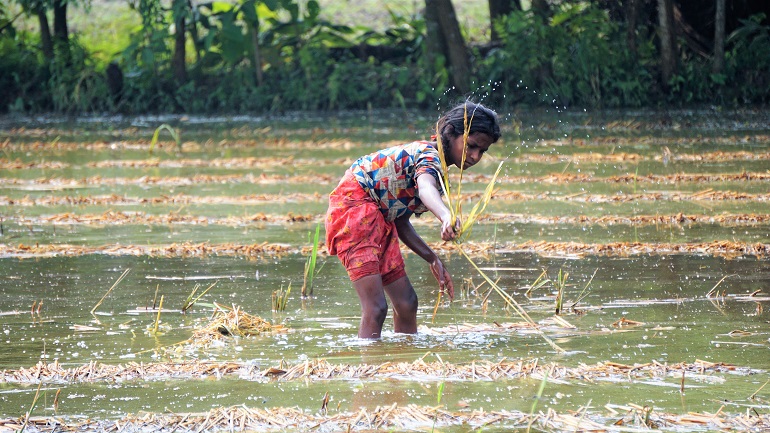Ambitious plan aims to reduce methane emissions by up to 10 million tons
In a major step forward in the fight against climate change, the World Bank today announced a blueprint to slash methane emissions by up to 10 million tons. This ambitious plan will help to reduce methane emissions from rice production, livestock operations, and waste management.
“Methane is a potent greenhouse gas that is 80 times more powerful than carbon dioxide in warming the planet,” said World Bank President David Malpass. “By reducing methane emissions, we can make a significant contribution to the fight against climate change.”
The World Bank’s blueprint outlines a number of proven strategies for reducing methane emissions. These include:
- Improving rice cultivation techniques: Rice production is a major source of methane emissions. The World Bank will help farmers adopt new techniques, such as alternate wetting and drying, that can reduce methane emissions by up to 40%.
- Improving livestock nutrition and breed management: Livestock operations are another major source of methane emissions. The World Bank will work with farmers to improve animal nutrition and breed management, which can reduce methane emissions by up to 30%.
- Diverting organic waste from landfills: Organic waste in landfills is a major source of methane emissions. The World Bank will help countries divert organic waste from landfills to compost facilities or waste-to-energy plants, which can reduce methane emissions by up to 80%.
The World Bank will also work with the private sector to expand its long-standing efforts to significantly cut methane emissions across the whole energy value chain. This includes working with oil and gas companies to reduce methane leaks from pipelines and storage facilities.
“The fight against climate change is not just about reducing emissions,” said Malpass. “It’s also about creating a more sustainable and prosperous future for all. By reducing methane emissions, we can improve air quality, reduce agricultural losses, and create jobs in the clean energy sector.”
The World Bank’s blueprint is a major step forward in the fight against climate change. By working together, we can reduce methane emissions, protect the planet, and build a brighter future for all.


